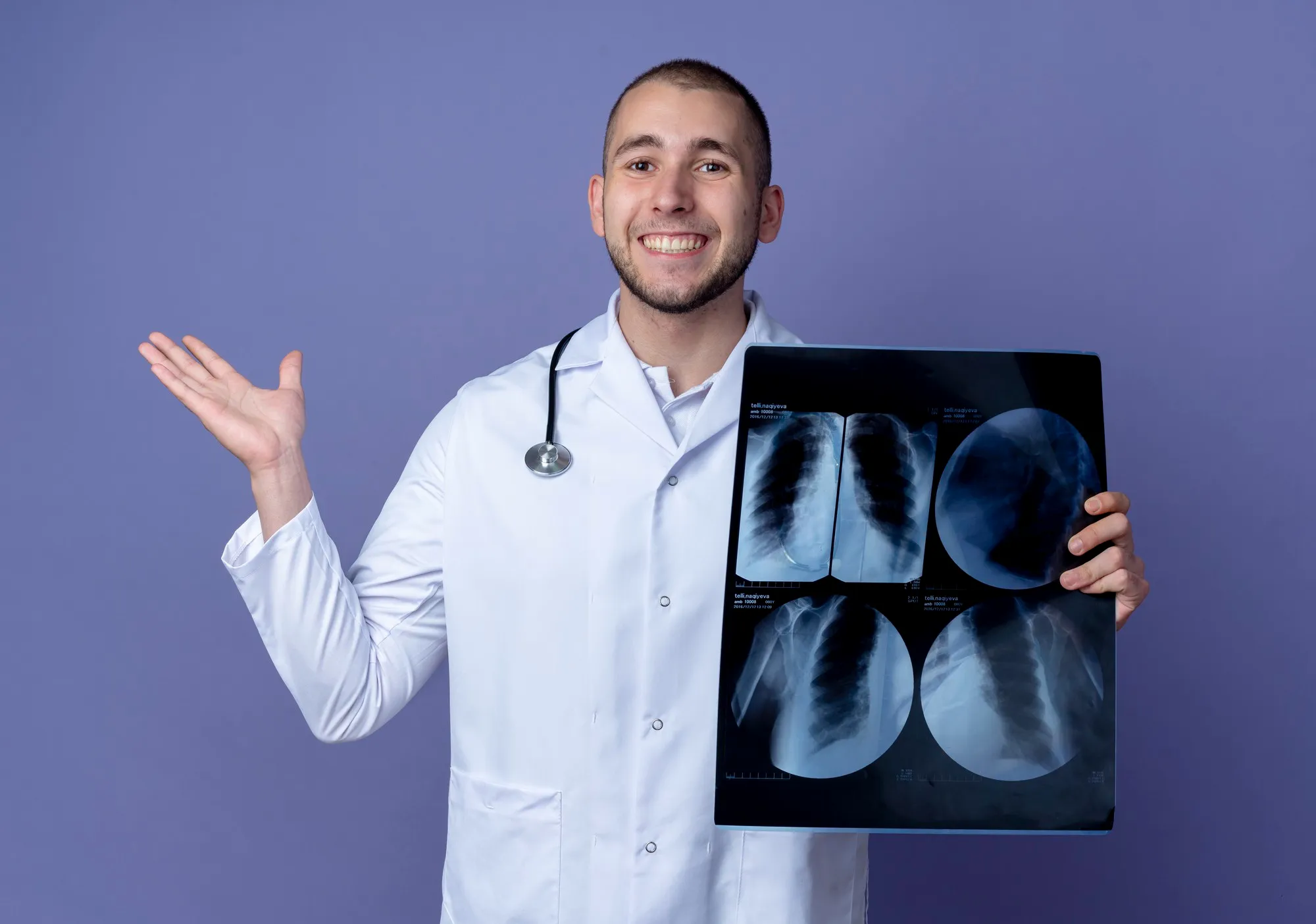A Breakthrough in Medical Imaging: Radboud University Medical Center’s Research Promises Clearer CBCT Images
Researchers from Radboud University Medical Center, in collaboration with Siemens Healthcare GmbH, have made a significant breakthrough in medical imaging by developing a prototype image reconstruction algorithm designed to correct motion artifacts in Cone-Beam Computed Tomography (CBCT) scans. This development has the potential to dramatically improve the accuracy and efficiency of interventional radiology procedures, particularly in the lungs.
Published in the esteemed “Academic Radiology” journal, the study titled “Feasibility of a Prototype Image Reconstruction Algorithm for Motion Correction in Interventional Cone-Beam CT Scans” (DOI: 10.1016/j.acra.2023.12.030) showcases the advantage of the new algorithm in enhancing image quality during diagnostic navigation bronchoscopy procedures.
Enhanced Image Sharpness Through Innovative Algorithm
The comprehensive study, led by Ilse Spenkelink of the Department of Medical Imaging at Radboud University Medical Center and published on January 14, 2024, set out to assess the feasibility of this groundbreaking algorithm. Through a series of phantom experiments, which utilized the Xsight lung phantom with custom inserts carrying straight or curved catheters, the algorithm was put to the test. During these scans, the inserts were subjected to motions mimicking breathing patterns with various amplitudes and frequencies to simulate real-life scenarios.
Remarkably, the algorithm improved sharpness in 13 out of 14 scans with continuous sinusoidal motion and five out of seven breath-hold mimicking scans. These improvements were further corroborated in the clinical setting when the algorithm was applied to CBCT data from 27 navigation bronchoscopy procedures. The edge-sharpness measurements of motion-corrected reconstructions were significantly sharper than standard reconstructions.
Clinical Validation by Medical Specialists
To ensure reliability, the algorithm’s performance did not solely rely on quantitative data. Three specialists conducted qualitative assessments, yielding higher scores for the sharpness of the bronchoscope-tissue and catheter-tissue interfaces in the motion-corrected reconstructions. However, assessments of tumor demarcation varied between raters, highlighting the subjective nature of qualitative evaluations. Despite this, the overall trend pointed towards a noteworthy improvement in image quality thanks to the new algorithm.
Lower Overall Image Quality: A Hurdle to Overcome
While the sharper medical instrument images represent a notable advancement, the specialists rated the overall image quality of the new reconstructions marginally lower than the traditional imaging approach. This aspect underscores an area for potential refinement of the algorithm to assure that all aspects of image quality are accounted for and improved upon.
Industry-Academia Collaboration: Advancing Healthcare through Technology
The researchers’ collaboration with Siemens Healthcare GmbH has been pivotal to this study. Peter Fischer of Siemens contributed technical expertise. The study confirms no publication or data restrictions with the research grant received from Siemens Healthineers, ensuring unbiased data collection, analysis, interpretation of results, and decision-making with regards to publication.
Implications for Patient Care and Clinical Practice
The success of this study holds significant implications for the future of patient care. With the possibility to reduce artifacts caused by patient movement, the prototype algorithm could lead to more accurate diagnoses and targeted treatments, particularly vital in patients with respiratory conditions that could cause motion during scanning.
Future Research Directions
Further research is expected to refine the algorithm to improve overall image quality and address inconsistent findings such as tumor demarcation ratings. Moreover, expanding its application to various clinical procedures may revolutionize the precision of interventional radiology.
References
1. Spenkelink, I. M., Heidkamp, J., Verhoeven, R. L. J., Jenniskens, S. F. M., Fantin, A., Fischer, P., Rovers, M. M., & Fütterer, J. J. (2024). Feasibility of a Prototype Image Reconstruction Algorithm for Motion Correction in Interventional Cone-Beam CT Scans. Academic Radiology, S1076-6332(23)00708-0. https://doi.org/10.1016/j.acra.2023.12.030
2. The Association of University Radiologists. (2024). Academic Radiology – Official Journal. Elsevier.
3. Siemens Healthcare GmbH. (2024). Advanced Therapies.
4. Radboud University Medical Center. (2024). Department of Medical Imaging and Department of Pulmonology. Nijmegen, the Netherlands.
5. Xsight Lung Phantom. (2024). Custom inserts for imaging experiments.
Keywords
1. Cone-Beam CT Motion Correction
2. Image Reconstruction Algorithm CBCT
3. Interventional Radiology Imaging
4. Navigation Bronchoscopy Clarity
5. Medical Imaging Artifact Reduction
